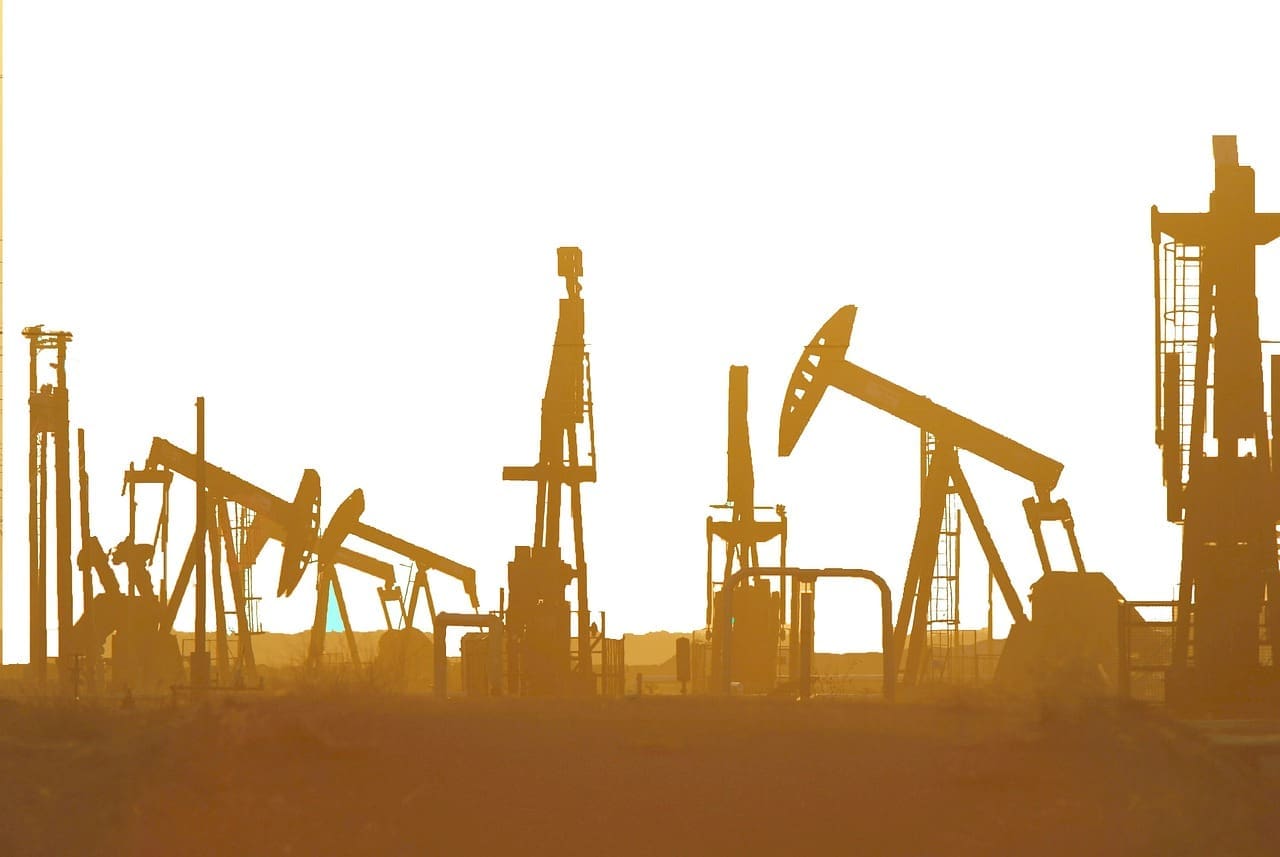Since President Trump took command of the Oval Office for his second term, a mixture of joy and concern has hovered over the population like a lingering cloud. With the prospect of opposition quite possibly mirroring the same level of support, President Trump grasped the pen and went to work signing a barrage of executive orders, which included another exodus from the Paris Agreement and the withholding of unspent money allocated for the Bipartisan Infrastructure Law as well as the Inflation Reduction Act.
His pledge to justify each key maneuver relies heavily on “unleashing America’s energy potential.” While that sounds like a comforting and long awaited solution to economic fears, many clean energy activists and supporters fear all the progress made might retreat under the new reign. In fact, many define his goal as releasing or flooding domestic markets which would force a decrease in energy prices in parallel with the increasing demand for electricity due to the large appetite of artificial intelligence and new data centers.
Although many want to see increased growth in domestic oil and gas, the United States is still recognized as global leader in oil and gas production even with wind, solar, and battery storage accounting for 94 percent of utility capacity additions.
“Over the past two years, this country has invested more than $130 billion in new factories—in the red states and blue states— to build solar panels, advanced batteries, and other components,” said Robert Deans, director of strategic engagement for the Natural Resources Council. “We have enough factory capacity to meet our domestic demand for solar panels. We’re also quickly moving in that direction for domestic advanced battery production.”
Still, with the climate crisis growing in severity, alternative energy solutions still carry a great deal of weight when analyzing their level of importance. Many benchmark goals linger, with 2030 being one and not too far away. Many believe that stopping the funding provided by the Inflation Reduction Act and the Bipartisan Infrastructure Law hinders the country in correcting a previously damaging course.
With these issues at bay, more clean energy concerns have surfaced with the potential loss of these funding sources. The oil and gas industry carries its share of secrets and failures and those could be no more evident than in the number of orphaned and abandoned wells found across the United States. While many sectors faulter in the same capacity with irresponsible failures, the oil and gas industry shows grace in admitting the issues and accepting the knowledge and solutions that its pioneers bring to the table.
Plugging those problem wells was not an easy sell in the beginning but the harmful release of leaching gas to the atmosphere proved the necessity. Since then, many groups like the nonprofit Well Done Foundation and state organizations like the Oklahoma Corporation Commission have surged forward to rectify this astonishingly large problem, but many believe in President Trump’s attempt to strengthen domestic oil and gas, he is potentially threatening the overall energy sector.
The state of Oklahoma alone expected $102 million from the Infrastructure Investment and Jobs Act to add with state funding to increase orphaned and abandoned well remediation activity. That increase falls because President Trump ceased disbursement.
“We actually exhausted all of our state funds in the last fiscal year, what we call state-funded wells, because we knew we had federal money that would serve as a backup,” said Matt Skinner, a longtime spokesman for the OCC, about FY23.
As in most cases of such controversy, solutions were sought in court. Earlier in the month, the funding freeze was challenged in federal court where a ruling indicated President Trump violated a previous order. Largely because orphaned and abandoned wells pose an increasing problem for other oil and gas states, 24 filed a motion to shore up a temporary restraining order to combat the withholding of federal grants. By mid-month, the funding had yet to be released.
The oil and gas industry’s future carries a crippling weight. A one-sided strategy has proven to be impractical at best. The flow of oil and gas to achieve energy independence is essential, especially in a global setting where the future is unknown, but denying the importance and significance of an opposing opinion does not necessarily make the industry stronger. A fair and just act of compromise will be the only true path forward in safely and responsibly achieving and maintaining energy independence.
Nick Vaccaro is a freelance writer and photographer. In addition to providing technical writing services, he is an HSE consultant in the oil and gas industry with twelve years of experience. Vaccaro also contributes to SHALE Oil and Gas Business Magazine, American Oil and Gas Investor, Oil and Gas Investor, Energies Magazine and Louisiana Sportsman Magazine. He has a BA in photojournalism from Loyola University and resides in the New Orleans area. Vaccaro can be reached at 985-966-0957 or nav@vaccarogroupllc.com.






